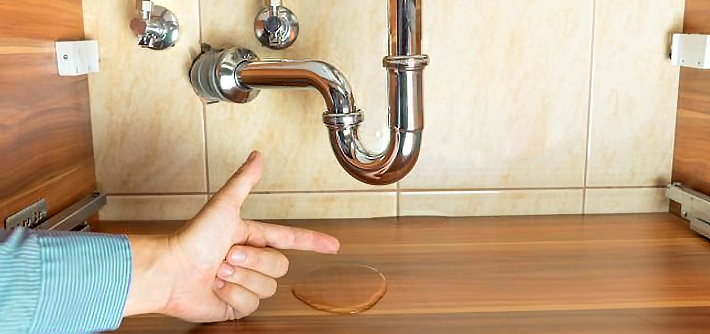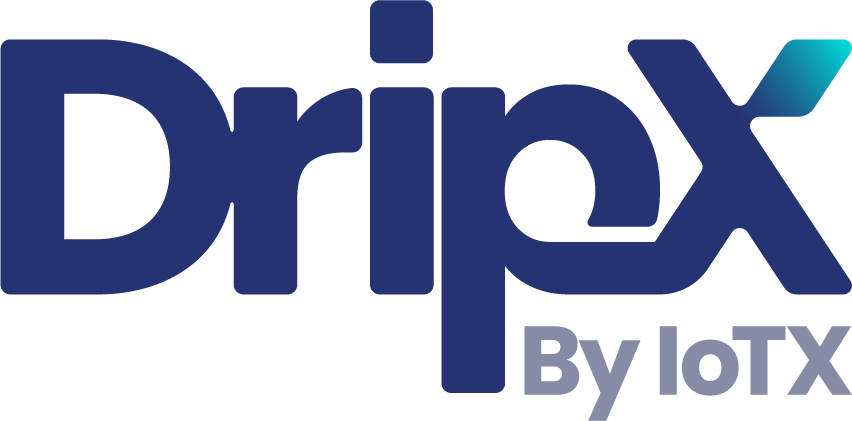Water damage is one of the most insidious threats to both homes and commercial spaces. For Industry QA professionals, the specter of unseen water leaks poses not only a risk to property but a potential disruption in operations. This is where the innovation of the ceiling leak sensor comes into play. Strategically placed, these devices promise to revolutionize how industries deal with water leaks, ensuring that they are detected and managed before escalating into costly repairs.

Why Ceiling Leak Sensors Are Essential
Unlike traditional water leak detectors, a ceiling leak sensor is specifically designed to detect leaks that originate from overhead sources. This is critical in environments where overhead pipes or machinery are commonplace. The early detection facilitated by these sensors allows maintenance teams to address issues promptly, significantly mitigating the risk of water damage and its ripple effects on infrastructure and equipment.
Many industries have started recognizing the significance of incorporating these sensors into their quality assurance protocols. For example, insights from whole-house water leak detection indicate that early intervention helps in reducing long-term repair costs.
How Ceiling Leak Detectors Work
The genius of a ceiling leak sensor lies in its simplicity and efficiency. These devices are equipped with advanced moisture detection technology that can sense the presence of water droplets or consistent moisture. Once detected, the system promptly sends alerts to the maintenance team or building manager through various communication channels, including smartphone notifications or in-building alarms.
For a comprehensive understanding, the thermal imaging leak detector offers an insightful resource on combinations of technologies used in modern detection systems.
Benefits of Implementing Ceiling Leak Sensors
The adoption of ceiling leak sensors brings about numerous advantages:
- Cost Efficiency: By detecting leaks early, businesses can avoid expensive repairs and the potential loss of valuable equipment.
- Property Protection: Maintains the structural integrity of ceilings and roofing by preventing prolonged water exposure.
- Peace of Mind: Ensures that QA managers can focus on their core responsibilities without constantly worrying about potential water hazards.
An external review found on Best Buy highlights both the advantages and considerations of implementing a comprehensive leak detection system.
Future of Ceiling Leak Sensor Technology
As with any technology, the potential for growth and innovation in ceiling leak sensors is immense. Future iterations are expected to incorporate AI for enhanced predictive capabilities, allowing these devices to anticipate leaks before they become a conspicuous issue.
Moreover, the adoption of IoT in water management systems, as discussed in smart sensor for pipes, suggests that interconnected devices will collaborate even more seamlessly, creating a cohesive network that ensures the utmost water damage prevention.

FAQs
1. How quickly can a ceiling leak sensor detect a leak?
Most ceiling leak sensors can detect moisture within minutes, instantly alerting the corresponding teams to take action.
2. Are ceiling leak sensors a significant investment?
While the initial setup might involve costs, the long-term benefits and potential savings in avoided damage vastly outweigh the expenses.
3. Where should ceiling leak sensors be placed for optimal effectiveness?
These sensors work best in areas directly beneath water lines or prone to moisture accumulation, such as underneath HVAC systems.






